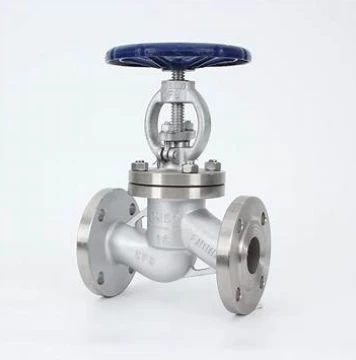manual ball valve
Understanding Manual Ball Valves Function and Application
Manual ball valves are essential components in various fluid control systems, widely used across industries such as water treatment, oil and gas, chemical processing, and HVAC systems. These valves are designed to regulate the flow of liquids and gases through a pipeline by using a spherical ball with a hole in the center—a mechanism that offers straightforward operation and efficient flow control.
The primary function of a manual ball valve is to either permit or block fluid flow. The valve features a handle that, when turned, rotates the ball within the body of the valve. When the hole in the ball is aligned with the flow direction of the pipe, the valve is open, allowing fluid to pass through. Conversely, when the handle is turned 90 degrees, the hole is perpendicular to the flow path, effectively sealing the valve and stopping flow. This simple quarter-turn operation makes manual ball valves easy to use and provides a clear visual indication of whether the valve is open or closed.
One of the significant advantages of manual ball valves is their durability and reliability. They are typically made from robust materials such as stainless steel, brass, or PVC, which enhances their resistance to corrosion and wear. This feature is especially crucial in applications involving aggressive chemicals or high-pressure environments. Additionally, ball valves offer minimal pressure drop and excellent sealing capabilities, ensuring efficient operation while maintaining system integrity.
manual ball valve

Another appealing aspect of manual ball valves is their versatility. They come in various sizes, pressure ratings, and connection types, allowing them to fit seamlessly into a wide range of piping systems. Whether in residential plumbing, irrigation systems, or large-scale industrial processes, manual ball valves play a vital role in controlling fluid flow.
Installation and maintenance of manual ball valves are relatively straightforward. When installing, it is essential to ensure that the valve is positioned correctly within the pipeline, taking note of the flow direction marked on the valve body. Regular maintenance usually involves checking for leaks and ensuring that the handle operates smoothly. Unlike other valve types, ball valves do not require frequent adjustments, making them a low-maintenance option.
In conclusion, manual ball valves are a critical component in fluid control applications, known for their simplicity, efficiency, and reliability. Their straightforward design and ease of use make them a preferred choice for many applications. Whether you are managing water supplies, chemical processes, or gas distribution, understanding the function and advantages of manual ball valves is essential for ensuring the effective operation of your systems. As industries continue to evolve, these components will remain fundamental in fluid management, providing both safety and efficiency in operations.
-
The Key to Fluid Control: Exploring the Advantages of Ball Valves in Industrial SystemsNewsJul.09,2025
-
The Versatile World of 1, 2, and 3 Piece Ball ValvesNewsJul.09,2025
-
Stainless Steel Ball Valves: The Ideal Choice for Efficient Flow ControlNewsJul.09,2025
-
Optimizing Fluid Control with Ball Float ValvesNewsJul.09,2025
-
Manual Gate Valves: Essential for Control and EfficiencyNewsJul.09,2025
-
Everything You Need to Know About Butterfly ValvesNewsJul.09,2025
-
The Versatility of Wafer Type Butterfly ValvesNewsJul.08,2025




